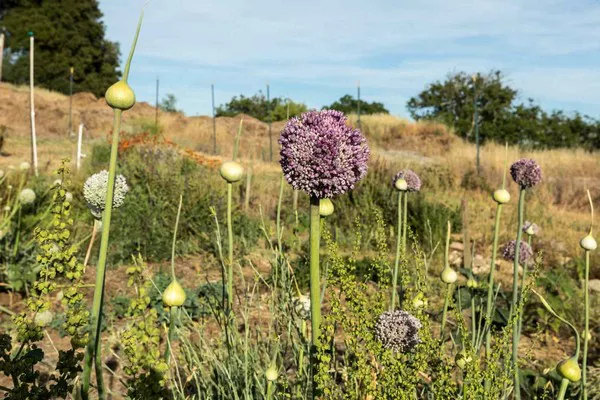A groundbreaking initiative led by University of Hawaii researcher Clay Trauernicht is underway to explore the potential of non-invasive and native plants in forestalling wildfires. The project, funded with $4.6 million from federal sources, seeks to mitigate the threat posed by over 1 million acres of flammable non-native vegetation thriving across Hawaii, particularly on abandoned plantation lands.
As an Extension Specialist at the College of Tropical Agriculture and Human Resources, Trauernicht is spearheading efforts across three key phases: wild collection, stock seed production, and seed amplification. The overarching goal is to bolster seed stocks for farms and orchards, establish reserves of wild seeds for use in post-fire restoration, and cultivate “stock seed” plots to populate Hawaii’s landscapes with fire-resistant flora.
“Whether we’re cultivating plants for large-scale restoration of fallow lands or directly reseeding after fires, our vision is to saturate Hawaii with native seeds,” Trauernicht affirmed.
Over the next three years, Trauernicht and his team will collaborate closely with local partners to gather seed collections, aiming to amass up to 2 million seeds encompassing 5 to 8 species. These collections will be strategically stored in Hawaii’s four counties to support both preventive measures and restoration projects following wildfires.
Additionally, the project will establish protocols for seed sharing and educational resources, while cultivating “stock seed” plots at CTAHR Agricultural Research Stations to ensure a stable supply of high-quality plant materials for agricultural purposes.
“My belief is that, akin to land and water, seeds and plant lineages should be treated as a public trust,” Trauernicht emphasized. “Therefore, documenting seed origins, ensuring geographic diversity, and facilitating fair access to superior plant materials are pivotal aspects of our endeavor.”
This ambitious undertaking not only aims to safeguard Hawaii’s ecosystems but also serves as a model for proactive wildfire prevention through ecological restoration using locally adapted flora.


